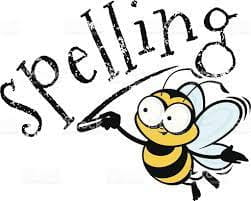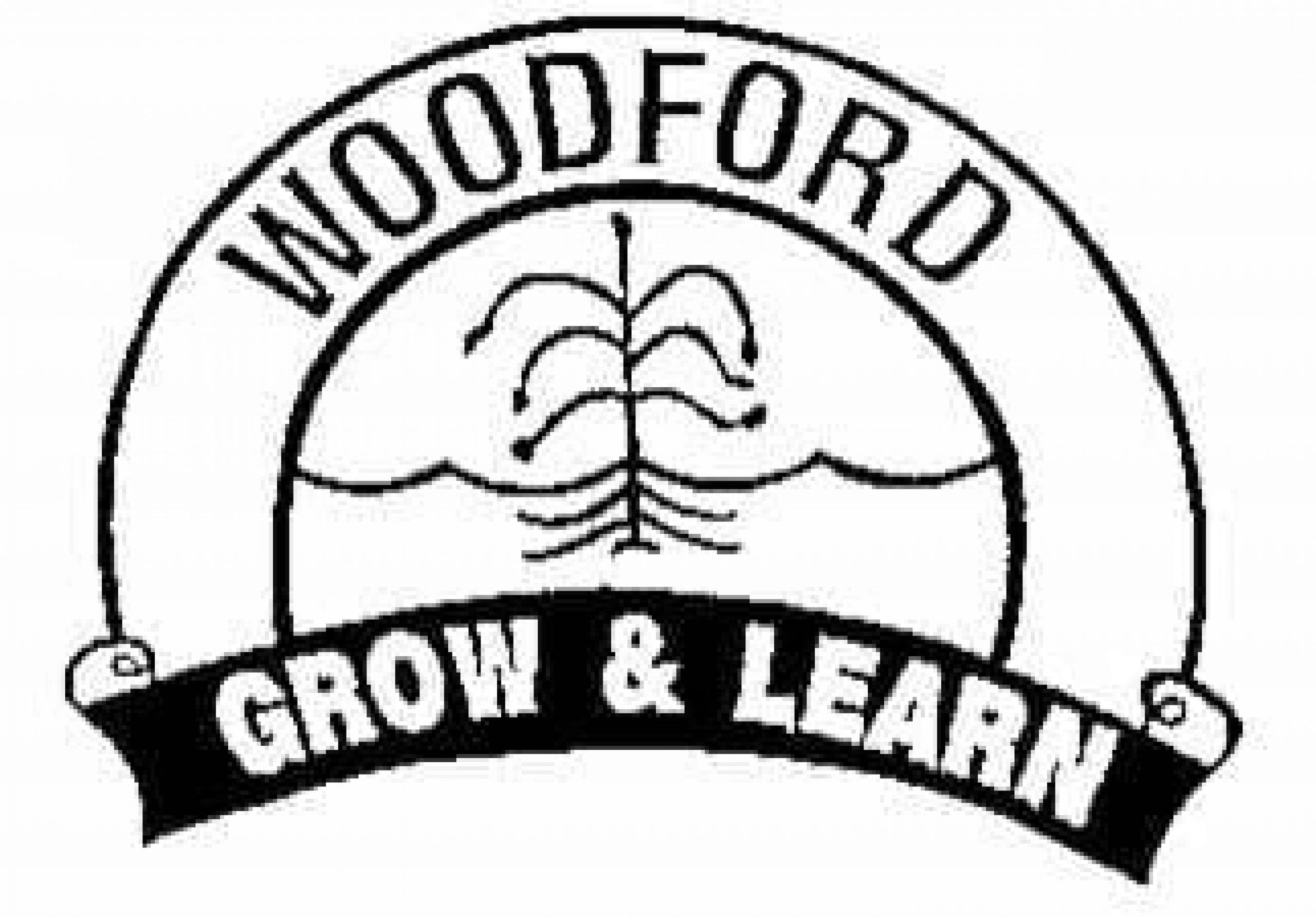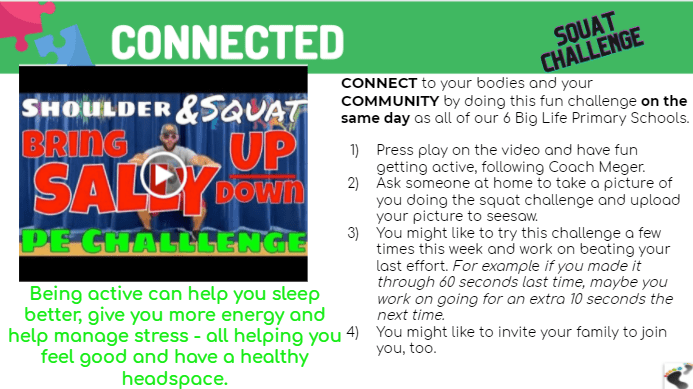



Learning Intention: We are learning to evaluate authors’ use of fantasy characterisation.
Success Criteria:
- I can discuss the characters’ personality traits.
- I can describe how the character makes others feel.
- I can evaluate the character’s behaviours and reactions.
Activity:
Continue on from yesterday’s Characterisation task by answering new questions about two of your characters.
Question 3. What effect does the character have on others?
(How do the other characters feel or behave in reaction or response to the character? Does the character have good relationships with others?)
Question 4. How does the character behave?
(What does the character do and why do they do it? How does the character react when things happen?)
Question 5: What is the character’s physical appearance?
(What does the story say they look like? What clothing do they wear?)

 Choose a spelling task from the Spelling Activity sheet in your Homework book.
Choose a spelling task from the Spelling Activity sheet in your Homework book.
Tightening Tension
“Emotion always takes time to build up, so start small and escalate to a powerful climax.”
Learning Intention:
We are learning how to tighten up the tension in our fantasy narrative.
Success Criteria:
- I can write a tension scene that is strong and builds to a climax.
- I can include descriptive language that builds the tension , allowing the reader to feel the emotion/s the character is feeling (ie. happiness, fear, excitement, anxiety, etc)
- I can use the five senses to help build suspense and tension in my narrative.
Build up the tension with a series of problems or challenges for the character to triumph. With each near miss, empathy is built for the character.
Watch the following video clip and list the three different incidents that occurred, building the tension after each incident.
Watch the videos below:

Gradual Build Up of Tension:
Pebble: the first problem, small.
Rock: the second problem or challenge.
Boulder: the final major obstacle/challenge/problem which is building up to the climax, the most exciting part of the story.


Activity:
Continue writing your narrative:
- Whilst writing the pebble, rock and boulder problems in your narrative. Remember to use the five senses to describe what the character in your narrative can see, hear, touch, taste, smell and feel. This allows the reader to feel the emotion of the character, building tension and excitement as they read.
Writing example:






